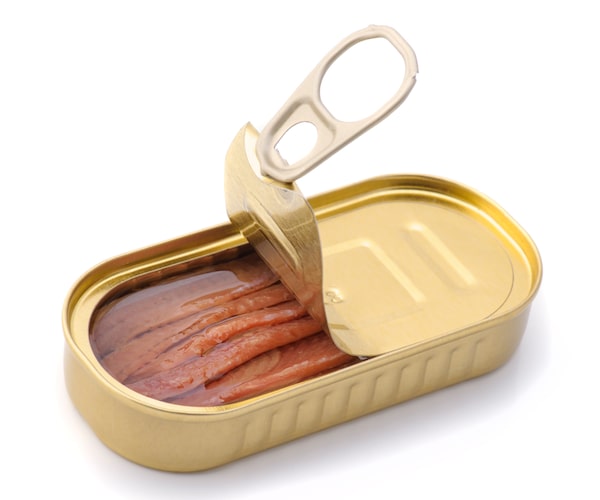
Julio Embun/iStock
Anchovies are the easiest way to inject an umami taste into dishes. I have just returned from Sicily and the Amalfi Coast, where we ate anchovies in everything. They were grilled, salted, marinated and preserved in oil, served in salads, and as an appetizer. In some dishes, you wouldn’t even know they were there unless someone told you: Anchovies studding legs of lamb or melting into a pasta sauce. They do a great disappearing act. Did you know that Worcestershire sauce is anchovy-based?
Cetara, a little Amalfi fishing town, is the anchovy capital of Italy. There, the fish are fermented in barrels with salt for up to two years. Then, a hole is pierced at the base of the barrel and the liquid slowly drips out, leaving an intense, magical fermented liquid, colatura di alici. Right now, the intensely flavoured colatura is the trendy version of anchovies, which means you’ll pay a high price for it via Amazon (although it is very reasonable in Italy). Drizzle it lightly over pasta, along with garlic and parsley, to give an umami hit, or to finish a fish dish. There is a similarity to Asian fish sauce, but it is far more refined. Its cultivation goes back to Roman times, when it was called garum. (René Redzepi’s book The Noma Guide to Fermentation discusses garum and how to make it.)
What tools do you really need in the kitchen – and which can you do without?
Look for jarred anchovies that are immersed in olive oil. The jars can be refrigerated for at least a year. If you find them too salty, leave them in milk for 30 minutes to remove some of the salt. Anchovies after fermentation can be doused in olive oil and canned or jarred with their salt.
Anchovies packed with salt are an excellent buy. The anchovies have a meatier flavour and texture, but you do have to remove the centre bone which pops right out when you pull it. I wash the salt off, fillet them and then store in olive oil in the refrigerator. Avoid anchovy paste, as it does not resemble anything edible.
Anchovies pair well with capers and parsley, a wonderful combo over roasted cauliflower. Anchovy bread – garlic bread with the addition of a heaped tablespoon of the fish – is a wonderful accompaniment to salad. To make an umami marinade, combine anchovies, garlic, olive oil, parmesan cheese and tomato paste, then rub all over a steak, pork roast or lamb rack. And they can be tossed over a pizza, or with a few finely chopped pieces added into egg salad.
Bagna cauda, a dip or sauce served with fresh vegetables, has had a resurgence thanks to the popularity of anchovies. Great ones can be found at Giulietta in Toronto and Savio Volpe in Vancouver.
There are two methods for making bagna cauda. The quick one is to simmer ½ cup olive oil with 3 or 4 whole cloves of garlic and 3 or 4 anchovies for 10 minutes. Purée and serve as a warm dip with vegetables.
The more modern take is to cook the ingredients in a very low oven, about 150 F for 4 hours, so that everything melds together. Finish with a little butter. It is so good you could drink it.
Need some advice about kitchen life and entertaining? Send your questions to lwaverman@globeandmail.com.
 Lucy Waverman
Lucy Waverman